Can We Use the Understanding Based Model in Time Limited Pro Bono Mediations?
Like many ADR professionals, I volunteer for settlement conferences at court, which are typically scheduled for 3 ½ hours. These cases can be very challenging because of the dynamics between the parties and/or professionals, sharply differing views on the facts and law, prior polarizing adversarial activity, or the pressure of an upcoming hearing or trial. Ideally, there would be sufficient time for meaningful and productive discussions at a measured pace that accommodates these challenges. But there isn’t, so the question is whether the consensual process we are hoping to use can be adapted in the face of these challenges to the short time frame allotted.
The temptation is often to quickly push through the contracting stage regarding process in hopes of having enough time to get to the “real” issues. We make “suggestions” about how to proceed with the clearly communicated expectation that parties and attorneys should follow our lead. We brush aside any resistance with quick assurances that this has worked before and they should trust us. We assume responsibility for getting to a settlement because of the press of time. When I have done this, the reactions range from a willingness to try what I am suggesting (“it’s worth a try”) to a begrudging acceptance (“I don’t think this will work, but you are the boss”) to active resistance (“let me tell you how I do it that always works.”)
In recent Support and Development group meetings, we have examined through discussion and role plays how to approach time limited assignments. Through trial and error, we slowed down the initial stages of the meeting. The contracting discussion included a suggestion for each process step, obtaining input about whether it could be helpful, checking on and addressing any concerns, and reaching agreement about whether to adopt that step. We also attended to and respected the role of the attorneys in protecting their clients in a new and potentially vulnerable setting (e.g. obtaining the consent of the attorney before asking a client to speak). Although at times it felt painfully slow in the face of the limited time frame, the attention to understanding and agreeing upon the process clearly shifted the atmosphere in the room. By creating a meaningful process together, the parties and attorneys became more willing to continue to work together jointly to understand their situation in hopes of finding a solution. They expressed openness about sharing information that they previously had been holding close to the chest. The responsibility for the outcome shifted away from the mediator. Even though the contracting phase took a not insignificant portion of the limited time, it was clear that the rest of the meeting would proceed more productively towards an understanding based solution. We were reminded that taking the time to reach agreements on process is a critical step in reaching a substantive agreement.
